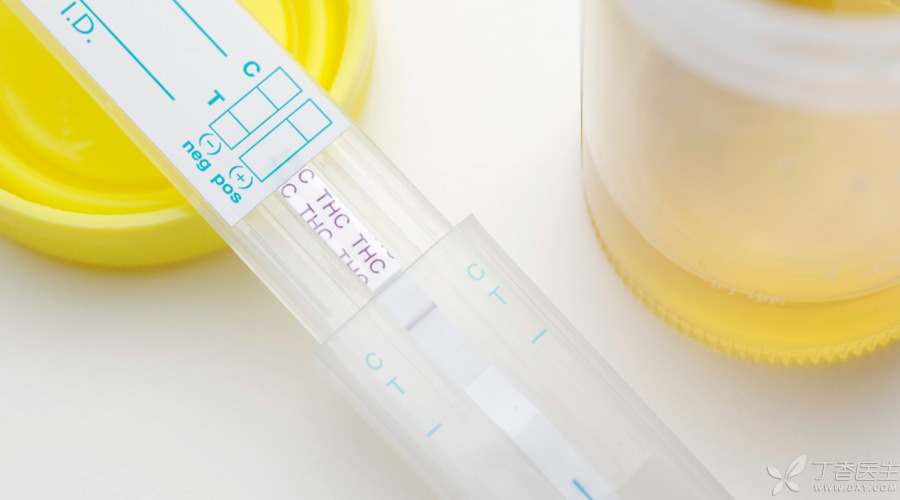
As people pay more and more attention to health, many people have their own physical examination report in their hands. This report includes many examination items, among which blood routine, urine routine and stool routine are the most basic examination items, which are called “three routine items”.
Urine routine can not only reflect kidney function, but also is an indicator to evaluate body metabolism. Since urine routine is so important, but we are not doctors ourselves, how can we understand urine routine?
What does the symbol on the checklist mean?
When we get the report, there are many symbols on it, for example, it means that the index is higher than the normal range, it means that the index is lower than the normal range. +,-,±They represent positive, negative and weak positive respectively. The number of + represents a change in quantity. For example, +, + + and + + + indicate that the degree of positive is gradually increasing.
Color and pH
1. Urine color
The color of normal urine should be clear and yellowish. When drinking more water, urine is colorless and transparent like plain boiled water. If you drink less water, the color of urine will be yellow like beer.
If urine appears red, soy sauce color, milky white, etc., we must attach great importance to it. There are many diseases that can cause abnormal urine color, such as tumors, liver diseases, urinary tract infection, chyluria, etc.
In particular, if painless gross hematuria occurs in the middle-aged and elderly people, tumor diseases must be eliminated first, even if it occurs only once, it should not be taken lightly.
2. Urine pH
The pH value of urine is about 6.5, fluctuating from 4.5 to 8.0. The pH value changes with the daily diet composition. When eating more meat, the urine is acidic, and when eating more vegetables and fruits, the urine is alkaline. Infection, gout and drug metabolism will all affect the pH value of urine.
Diabetes patients should pay attention to
“Ketone body:Normal is negative (-). Diabetes patients need to pay special attention to this item. If the blood sugar is not well controlled, this item will be positive (+). It should be noted that if the specimen submitted for examination is not fresh (+), it will also appear when the stomach is too hungry (+).
Glucose:This item is also one that diabetics need to pay special attention to. Normally, it is negative (-). (+) means positive. The more (+), the higher the glucose content in urine. The use of some drugs, such as aspirin, salicylic acid, streptomycin, etc., may cause pseudoglucosuria.
The Relationship between Urine and Liver
Urobiliogen: Normal is (-) negative. If the item is reported to be (+), it means positive. Positive is mostly seen in liver diseases and blood diseases, such as hemolytic jaundice, acute hepatitis, broad bean disease, etc.
Bilirubin:Normal is (-) negative. Positive (+) is abnormal, which is mostly seen in liver and pancreatic diseases, such as liver cirrhosis, obstructive jaundice, etc.
It’s not supposed to be in the urine
Erythrocyte
This indicator refers to the number of red blood cells in urine. During routine urine tests, Microscopically, if there are more than 3 red blood cells in urine of each visual field, it is called hematuria. There are many reasons for hematuria, including stones, infection, injury, tumor, immune diseases, etc. We need to pay special attention to hematuria. If hematuria occurs, we should find out the reason as soon as possible.
However, it is not necessarily hematuria that urine is red. Because the color of urine will be affected by food, medical procedures and drugs. For example, women leave urine during menstruation, hemorrhoids or bleeding near the urethra mix into urine, and taking rifampicin will make urine red.
White blood cell
Negative (-) is normal. If (+) or the value exceeds the reference value, it indicates urinary tract infection. If the infection is serious, (+ +) or (+ + +) will occur.
Protein: This item is what we often call urine protein, which is normally negative. If this item is positive (+), it indicates that nephritis and nephropathy may exist, and normal people may also appear positive after strenuous exercise.
Nitrite:Negative is normal, positive can be seen in urinary tract infection. If you eat too much vitamin C or nitrate-rich food, positive results will occur.
A simple urine routine report, but hidden so many mysteries. I believe everyone should be able to understand the urine routine report after reading these. If there is any abnormal situation, should be timely to the hospital for further examination.
